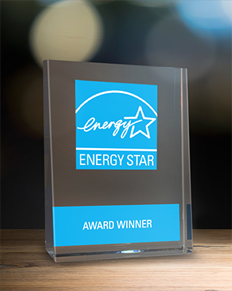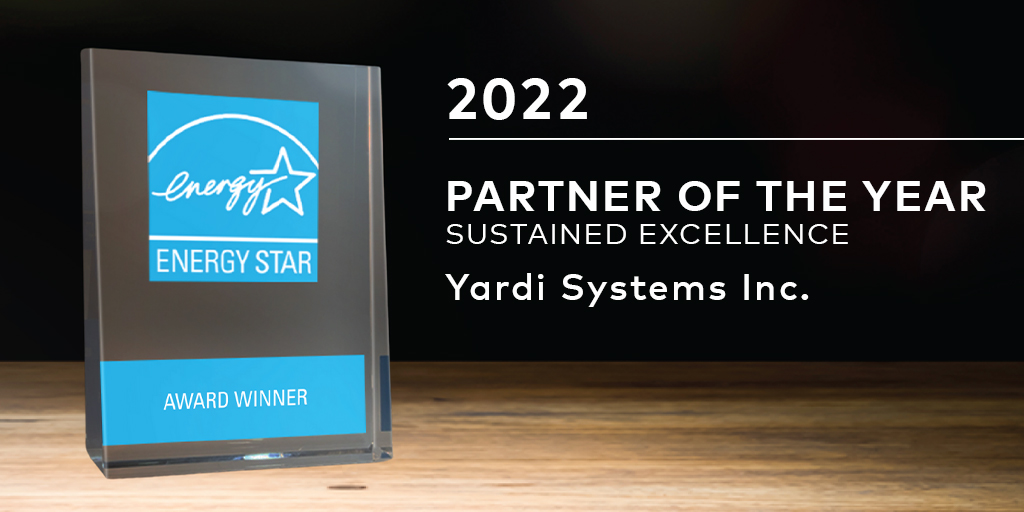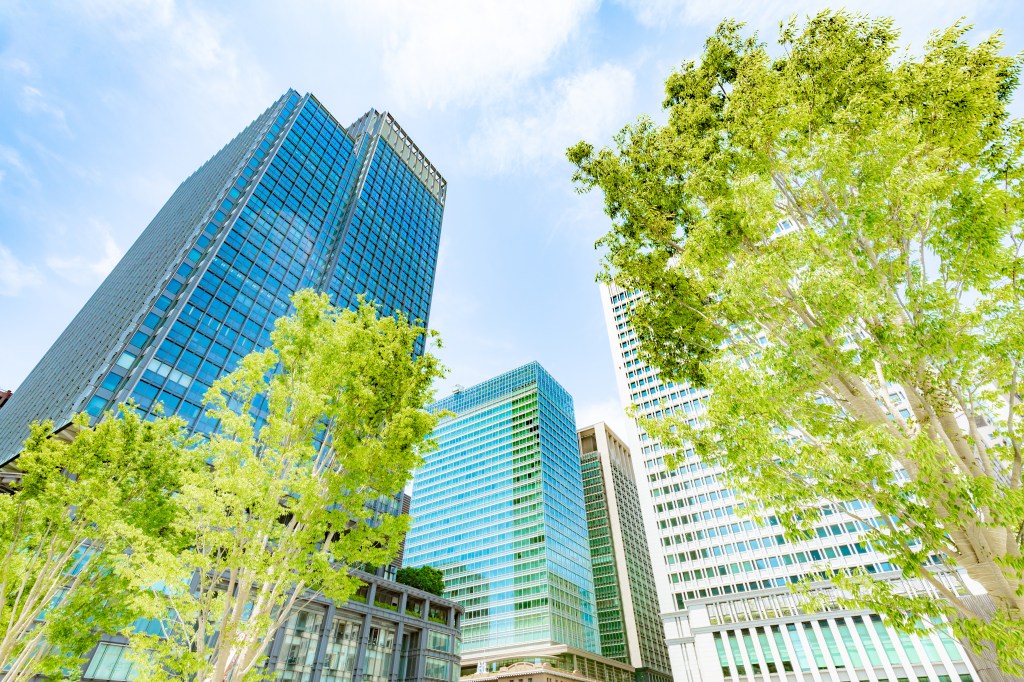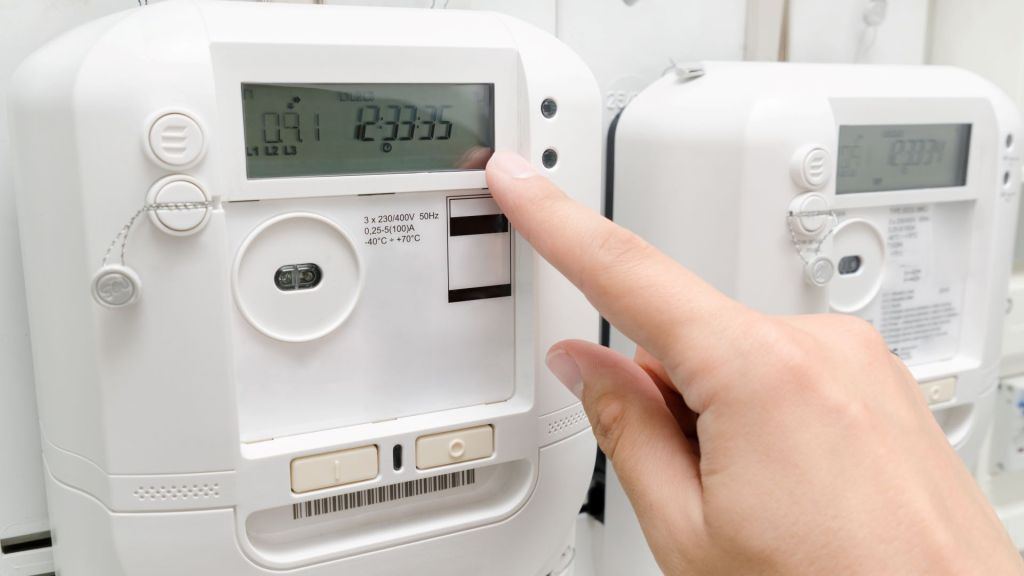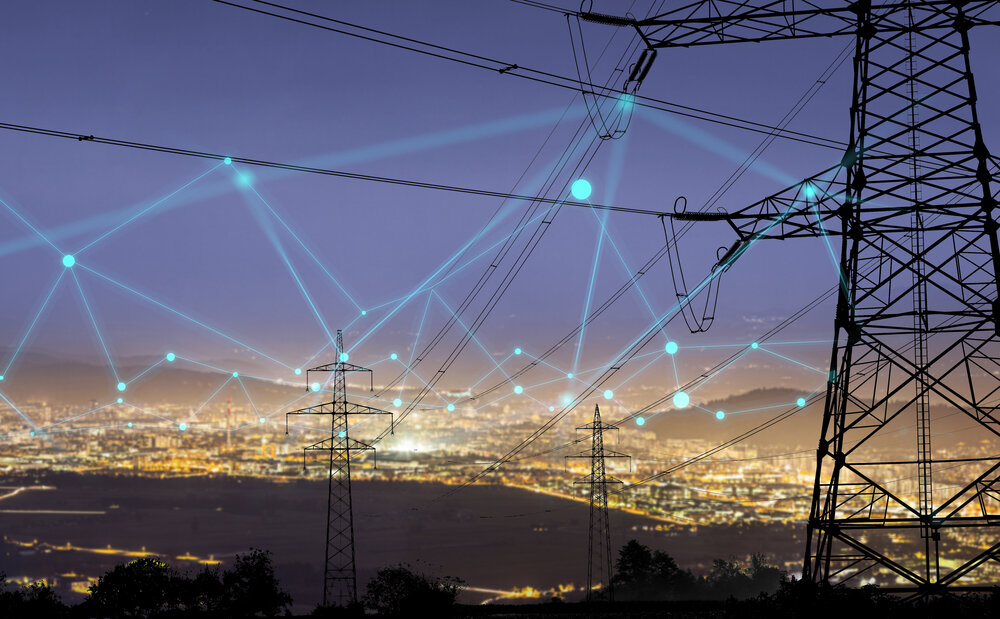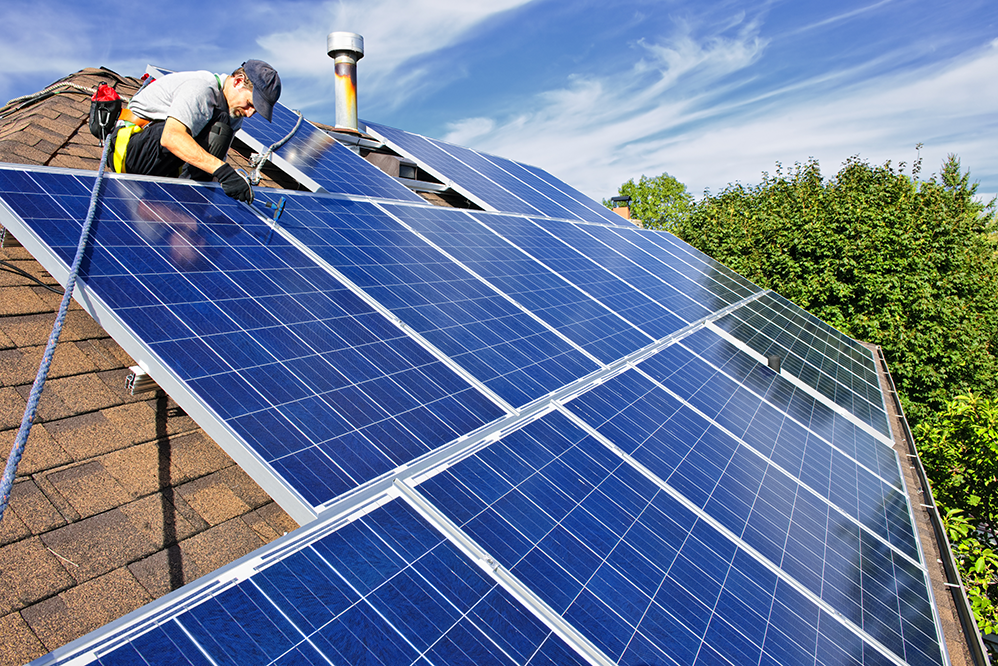National Stars
In Energy Leadership
Yardi recently earned the 2022 ENERGY STAR® Partner of the Year Sustained Excellence Award, the highest honor bestowed by the ENERGY STAR program, in recognition of its longstanding commitment to protecting the environment through superior energy efficiency achievements. The company’s accomplishments over the past year include helping more than 200 clients benchmark energy in 5,000+ […]
